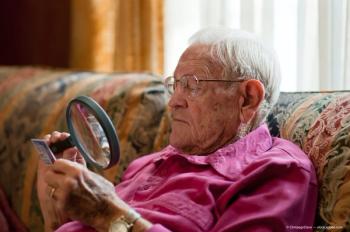
Using active learning approach can help gauge visual function loss in patients

Using active learning approach can help gauge visual function loss in patients
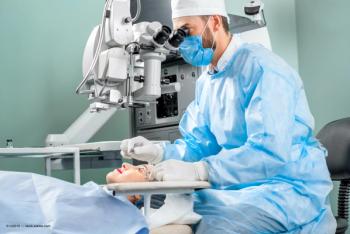
Researchers evaluate effects of procedure on patients with abnormal topography
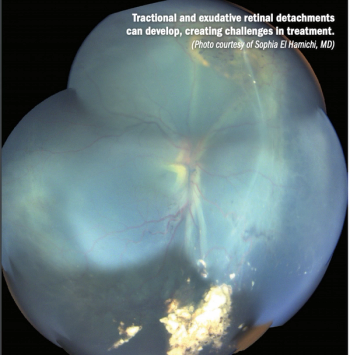
Watchful waiting may prove to be beneficial in complicated cases

Dilation may be an important step to reduce the rate of ungradable images

This ability would unlock possibilities for repairing tissue damaged by disease

Intravitreal gene therapy continues to be well tolerated and shows robust efficacy

Combining RAF/MEK signaling pathway inhibitor with FAK inhibitor raises bar

Streamlining preoperative process can offer some relief during stressful time

Ophthalmologists remain in touch with colleagues while maintaining social distancing

Fast-acting efficacious options are key to treating acute inflammation
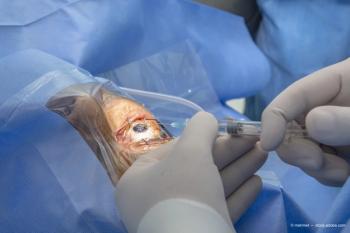
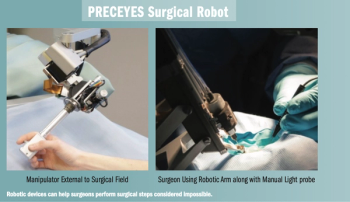
Robotic-assisted procedures are proving more precise in every way when compared with manual procedures: automated assistance controls tremor, reduces fatigue, and helps avoid inadvertent injury.

Glaucoma Research Foundation (GRF) Ambassadors webinar provides platform for idea-sharing by ophthalmologists

Evidence-based medicine can lead to personalized care, better results for patients